IDEA SET
IDEA SET
Conservation Stories: The Experiences that Inspired Young Explorers
Conservation Stories: The Experiences that Inspired Young Explorers
Spark your own passion for wildlife conservation by learning what motivated nine Young Explorers to take action.
Grades
4 - 12
Subjects
Conservation
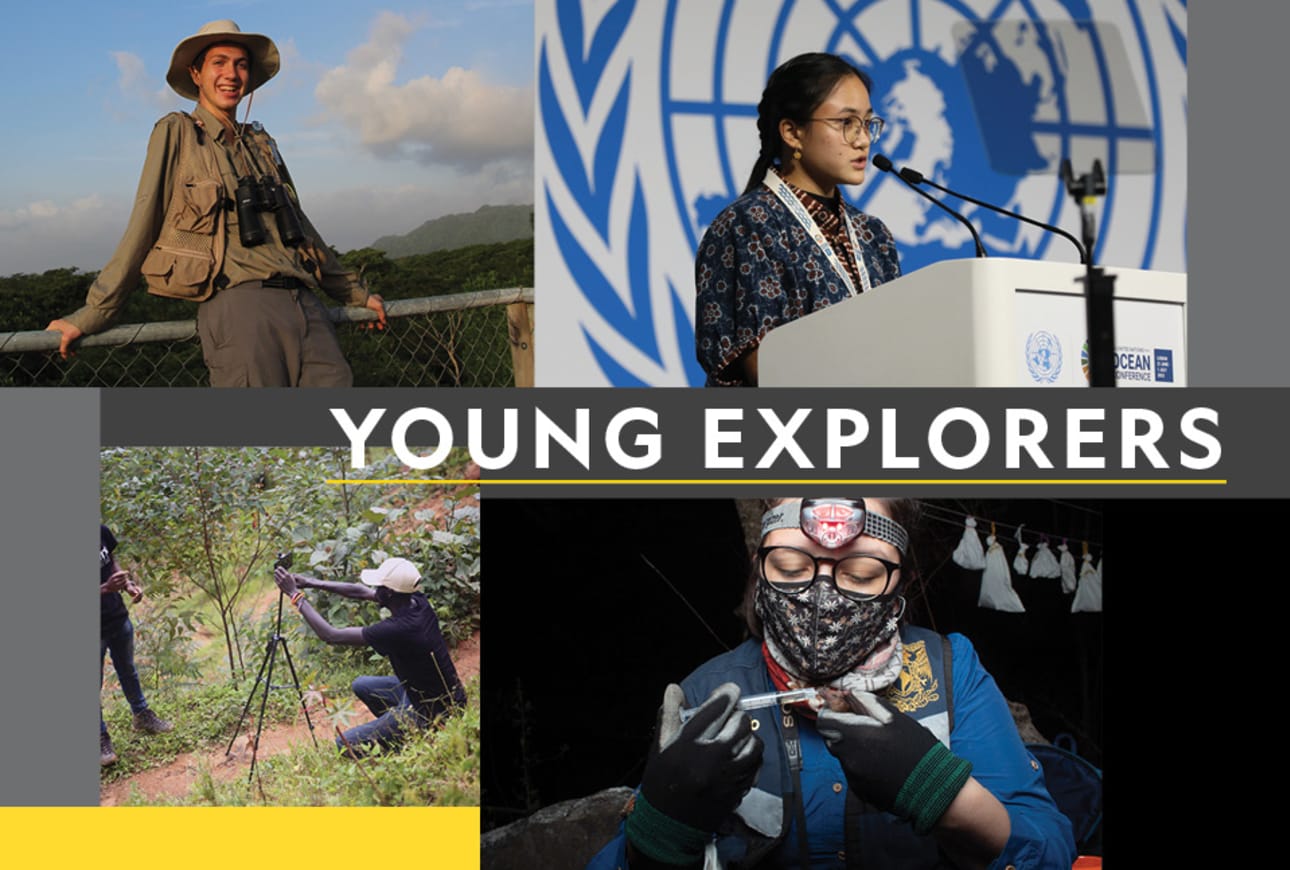
Photographs from (clockwise) Avery Tilley (Avery Tilley); Kiara Worth (Brigitta Gunawan); Jill Ainebyoona (Aiita Joshua Apamaku);Ángel Torres (Cárol Sierra Durán)
Today, these Young Explorers are taking action for animal conservation. When they were growing up, they were inspired by animals in their backyards and local communities. What animals inspire you? What animals are important to your culture or community? Through actions, small or large, we can all play a role in protecting at-risk species and ecosystems.
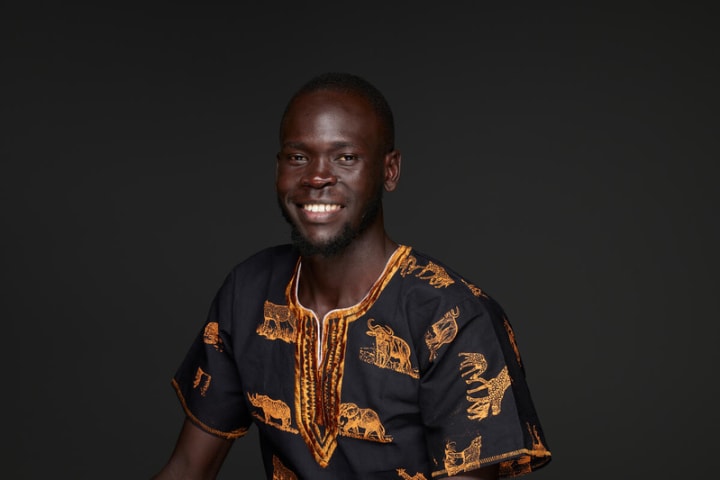
Tell stories to communicate science and connection
Elephants symbolize good fortune for Aiita Apamaku’s Lugbara community in Uganda, and they are a cultural totem (symbol) for the neighboring Acholi community. An elephant named Bubu often visited Aiita’s village at dusk — as though he had a message to share. For Aiita, these visits highlighted the deep, long-held connection between humans and animals and launched his career as a wildlife biologist. Today, Aiita uses writing, podcasts, and film to communicate complex conservation science to communities like his in the Virunga Forest of Uganda. He works to protect biodiversity through inclusive approaches that connect culture, convey stories, and restore relationships with the land.

Volunteer to find your passion
After holding a bat for the first time, Ana Lucía Arévalo Figueroa fell in love with their unique features and was so intrigued that she volunteered with Guatemala’s Bat Conservation Program as a teenager. She soon realized her life’s purpose was to conserve bats, panthers, and other mammals. As a wildlife biologist, she partners with Indigenous communities and conservation organizations in Guatemala. She has found that creating spaces for people to share their fears and learn about bats helps them to coexist with these animals. Ana Lucía believes conservation requires education, communication, and collective leadership. She aims to inspire the next generation of female explorers in Latin America.
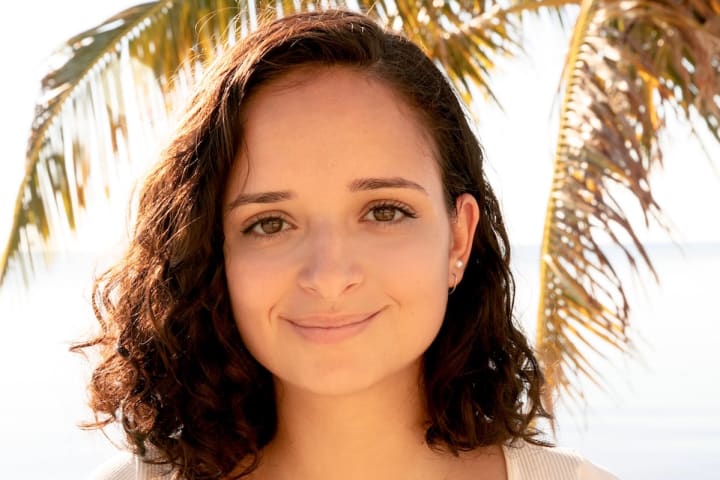
Dive into your passion
When Deborah Azevedo was in middle school, an oil spill in the Gulf of Mexico showed her how vulnerable the ocean is to human impacts. Her passion for protecting the ocean led her to a marine magnet program in high school, then to a marine biology focus in college. Today, as a marine biologist, Deborah researches sharks; she also works with the organization Minorities in Shark Science to encourage more women of color to join her in the field.

Create education and action opportunities for youth
When Brigitta Gunawan dove into Bali’s crystalline waters to explore a coral reef teeming with fish, she witnessed the power of marine protected areas (MPAs). In comparison, unprotected ocean areas were dull and deserted. Inspired by the promise of MPAs, Brigitta launched an environmental campaign through social media, which rippled across schools in Indonesia. An early project was the 30x30 Coral Garden, an artificial reef that demonstrates the importance of habitat restoration through MPAs. Ocean habitat restoration gives Brigitta and the local communities she works with hope and purpose as they strive to protect the ocean.
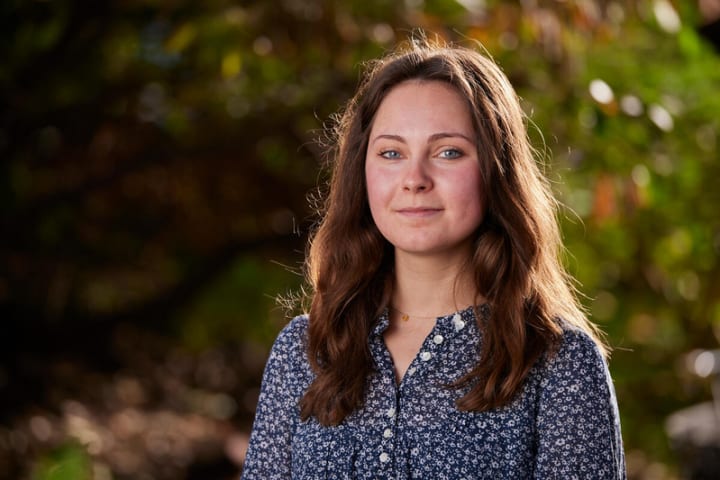
Create curiosity about odd and unusual animals
Lucy Houliston loves animals that may seem strange to others. When she was six, her favorite animal was a snail that she found in her backyard in a suburb of London, United Kingdom. Since then, Lucy has studied sloths in Panama and sea cucumbers in Scotland, U.K. Today, some of her fieldwork is in her hometown of London. She is looking into the importance of urban orchards as habitats for threatened insects, like bees and beetles. As a wildlife scientist and storyteller, she’s passionate about helping people appreciate the importance of odd, overlooked wildlife and take action to protect them and their habitats, whether in a distant place or your backyard.
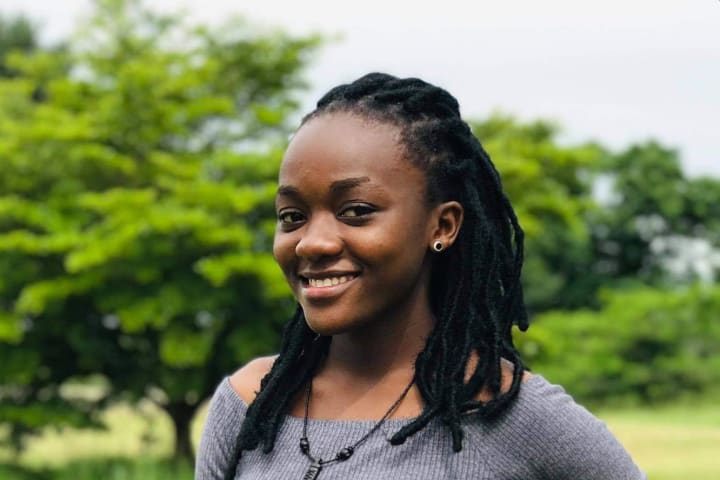
Share your experience to inspire others
On the savannah of South Luangwa National Park in Zambia, Mercy Njobvu raised a radio antenna to track a nearby pride of lions (Panthera leo). She then helped the team collar and record data about the carnivores. This was Mercy’s first volunteer experience, inspired by her high school conservation classes. As Mercy studies veterinary science, she shares stories about her work, such as the importance of vaccinating pets to prevent diseases that affect people and wildlife. Mercy is building on the tradition of conserving wildlife because it is important to her community's cultural heritage. She shares stories with people living around the national park, as they work together to coexist with and protect wildlife for future generations.
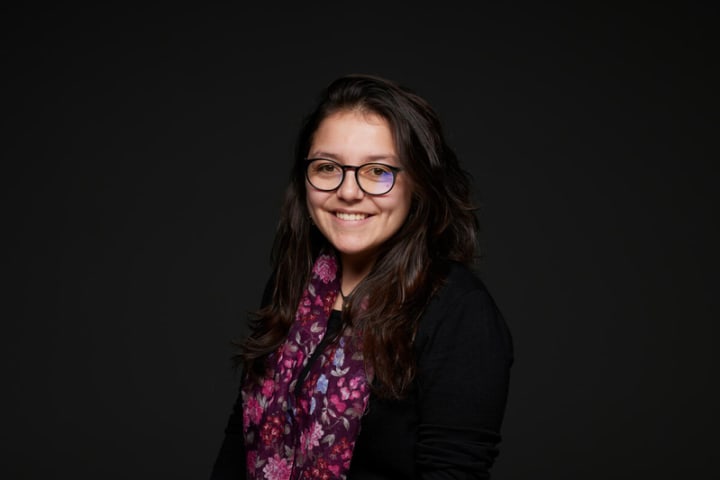
Advocate for misunderstood animals
When Cárol Sierra Durán first saw a bat’s face up close at age 17, she felt betrayed by the movies and TV shows that portray bats as bloodsucking shadows. Inspired to investigate the bats in her hometown of Bogotá, Colombia, she learned they are essential to healthy ecosystems because they help control insect populations and pollinate crops. Today, Cárol studies bat ecology and conservation. She wants to share the importance of bats and change people’s negative perception of this species.

Connect culture and science to solve problems
Avery Tilley remembers seeing the first bison (Bison bison) in seven generations standing on the dry Oklahoma land of the Cherokee Nation. As a vital part of Avery’s Cherokee identity, the bison’s presence was a sign the species had persevered through intensive culling and habitat loss, just as his tribe had survived assimilation efforts and forced relocation. Today, as disease threatens the survival of bison, gray wolves (Canis lupus), and other wildlife, Avery’s goal as a veterinary scientist is to address wildlife disease in a collaborative, culturally relevant way that braids together Indigenous and western approaches.
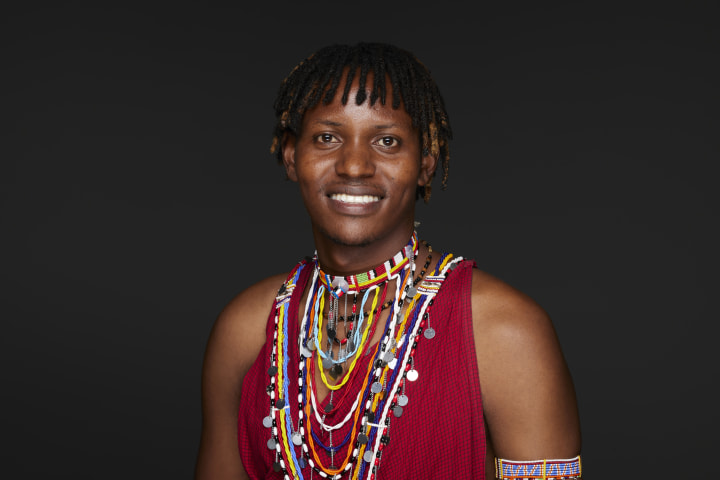
Design a solution to a conservation problem
By age 13, Richard Turere had been herding his family’s cattle in Kenya for years, as his Maasai community had done for generations. He knew the difficulty of protecting cows from predators, but he also realized conflicts with people led to the death of many lions (Panthera leo). The Maasai have long admired lions as symbols of courage and strength. Today, they live alongside them and protect them. Richard invented a flashing LED light system that was so successful in deterring lions that it is now used in many countries. He recently published a book to inspire young people to tackle conservation problems in their communities.
Media Credits
The audio, illustrations, photos, and videos are credited beneath the media asset, except for promotional images, which generally link to another page that contains the media credit. The Rights Holder for media is the person or group credited.
Editor
Writers
Reviewer
Rights Clearance
Production Managers
Producer
Credits for Young Explorers Photographs
Credits for Young Explorers Composite
Last Updated
November 21, 2024
For information on user permissions, please read our Terms of Service. If you have questions about how to cite anything on our website in your project or classroom presentation, please contact your teacher. They will best know the preferred format. When you reach out to them, you will need the page title, URL, and the date you accessed the resource.
Media
If a media asset is downloadable, a download button appears in the corner of the media viewer. If no button appears, you cannot download or save the media.
Text
Text on this page is printable and can be used according to our Terms of Service.
Interactives
Any interactives on this page can only be played while you are visiting our website. You cannot download interactives.